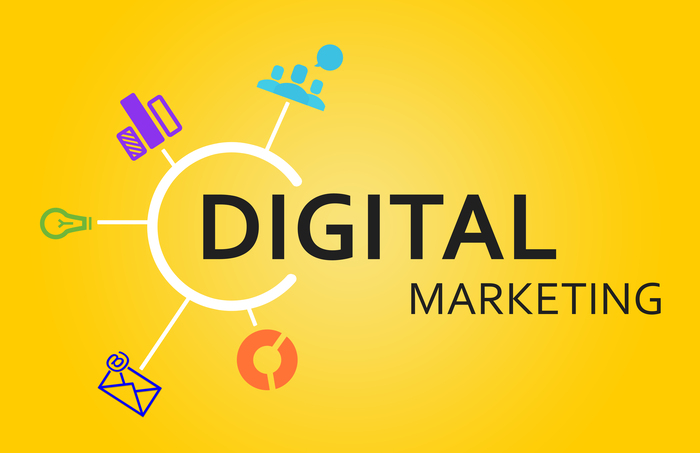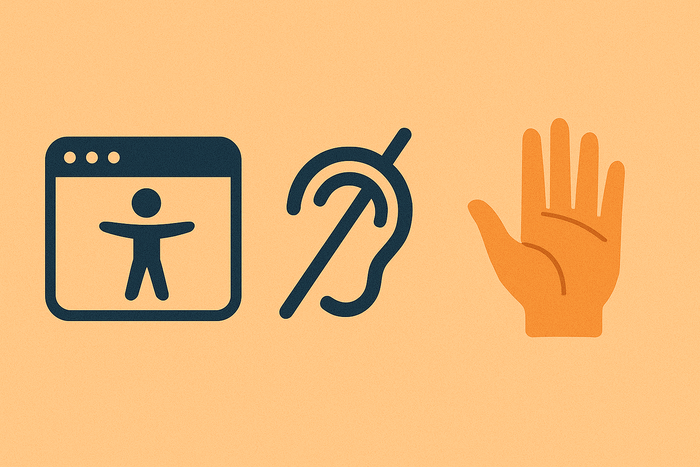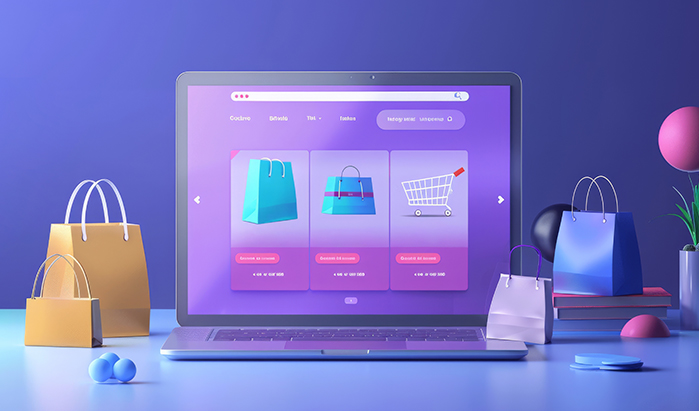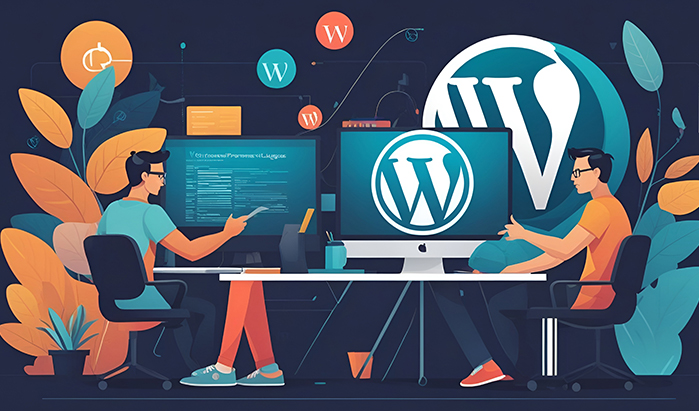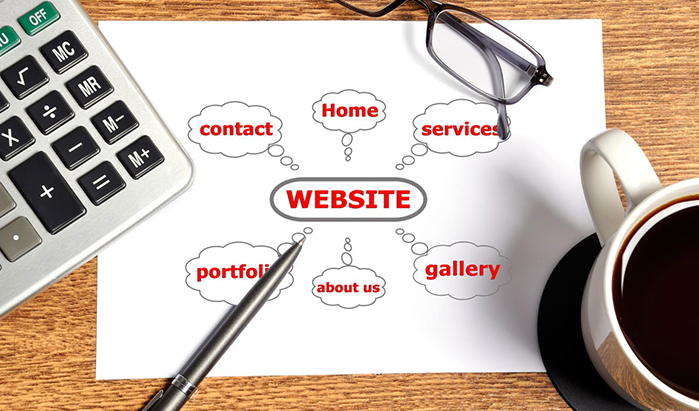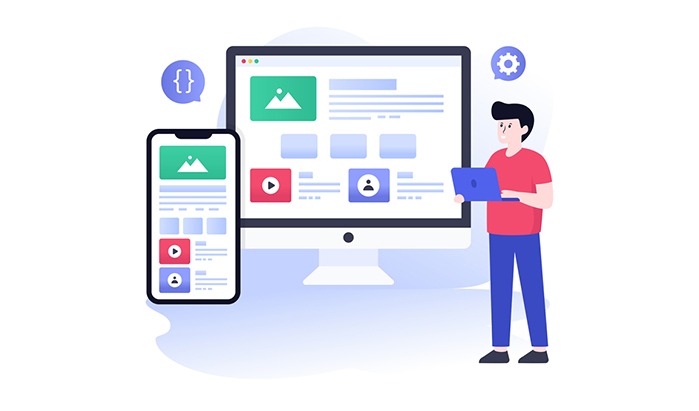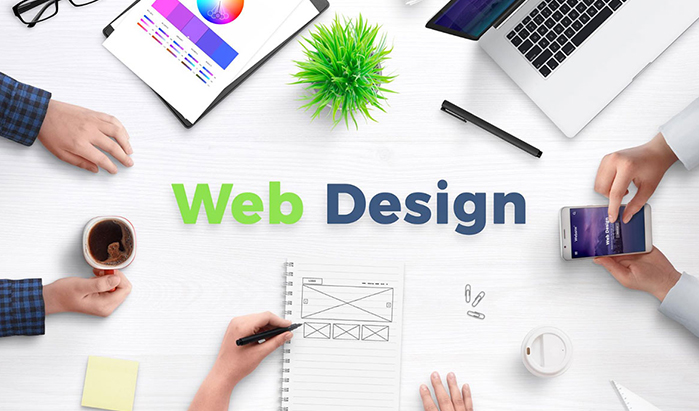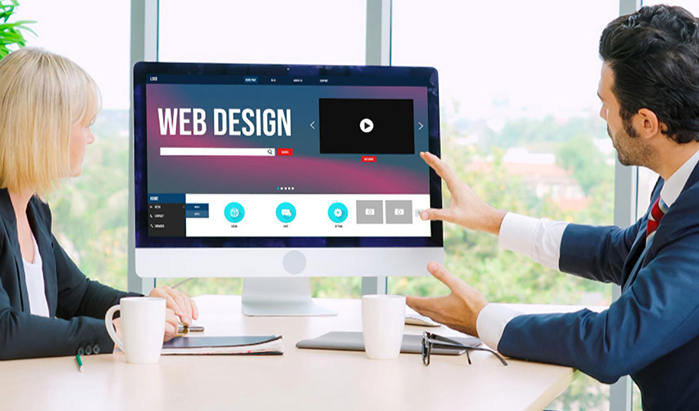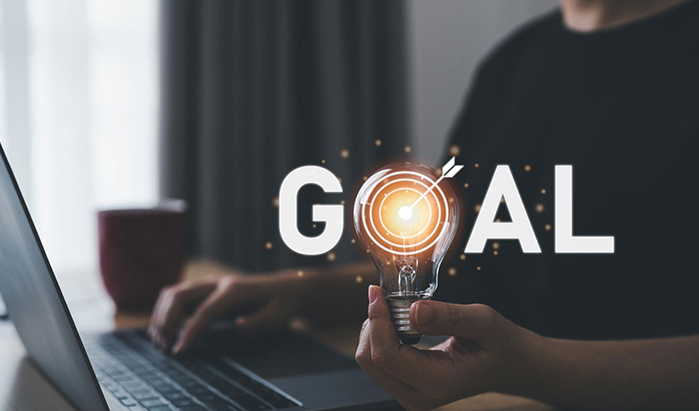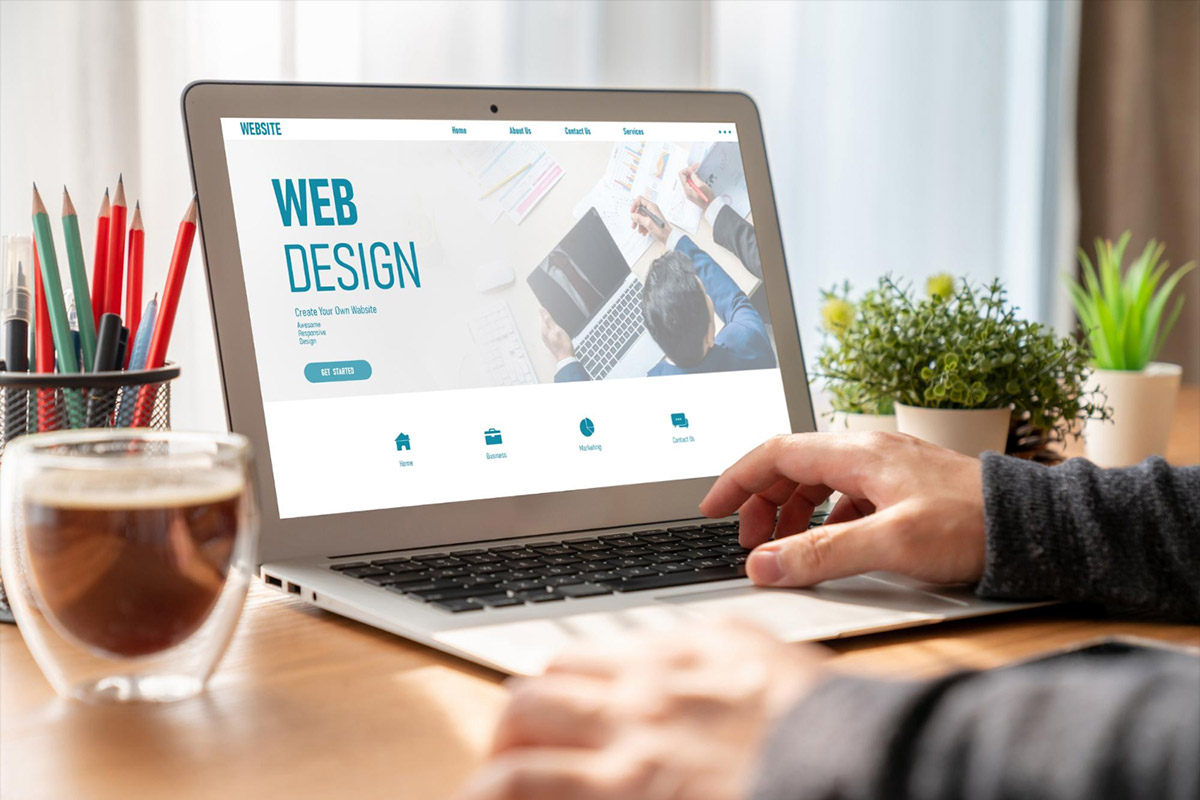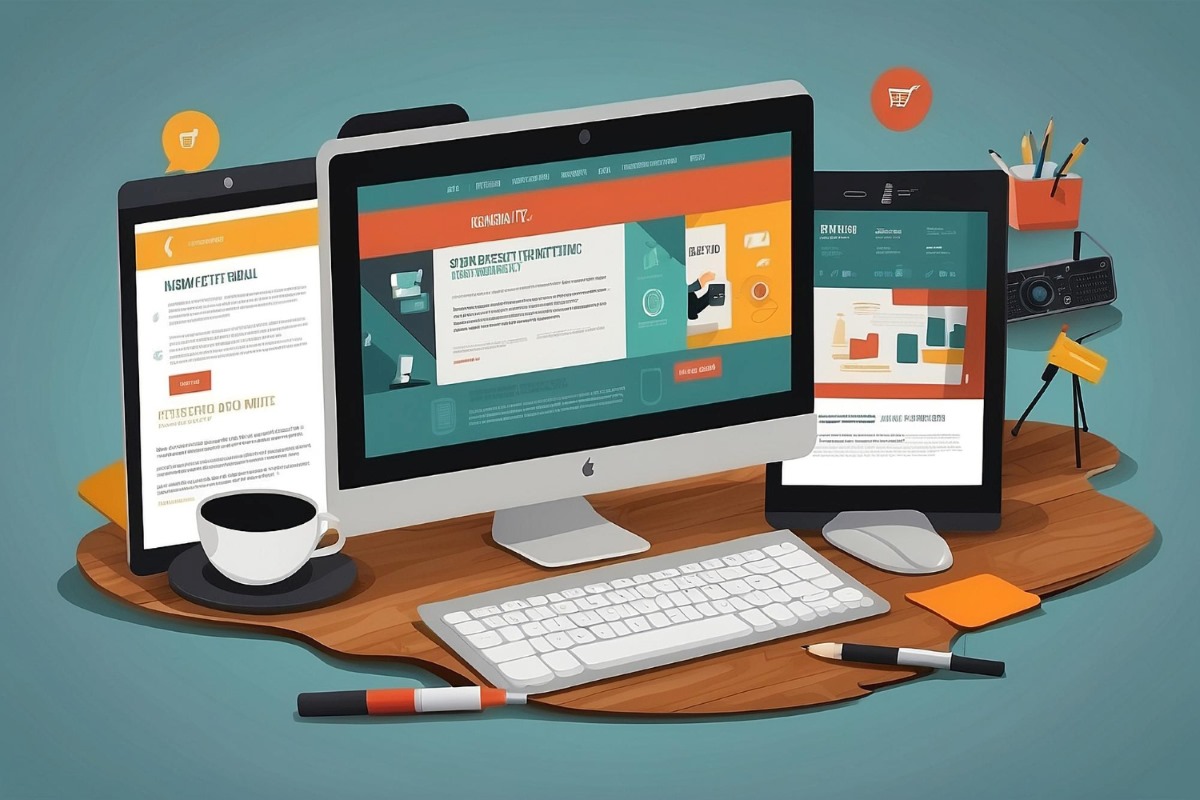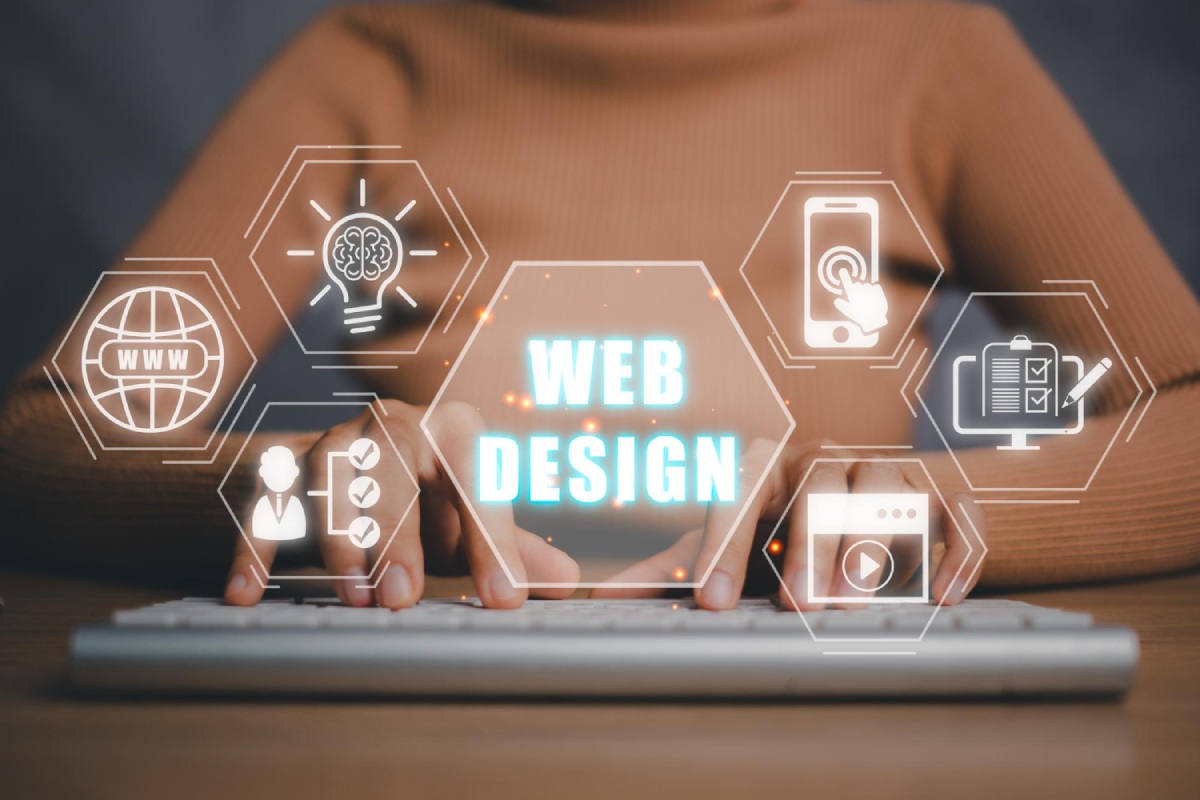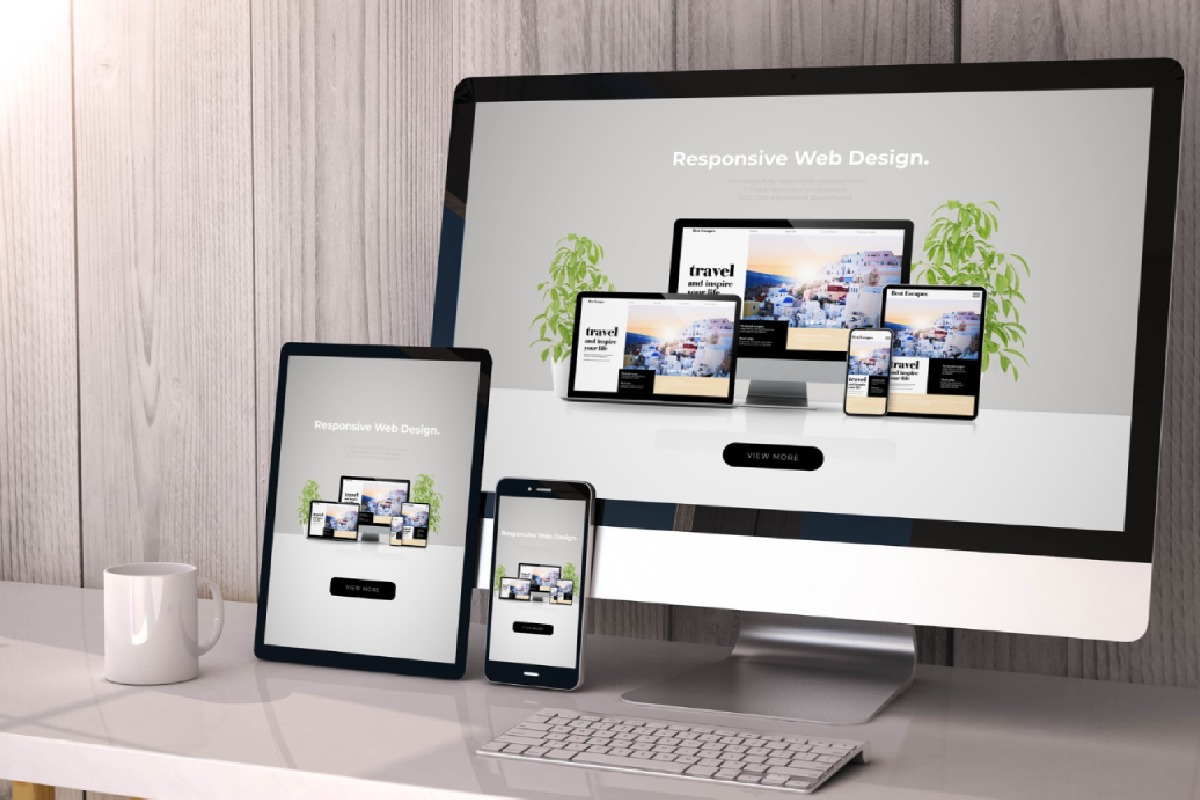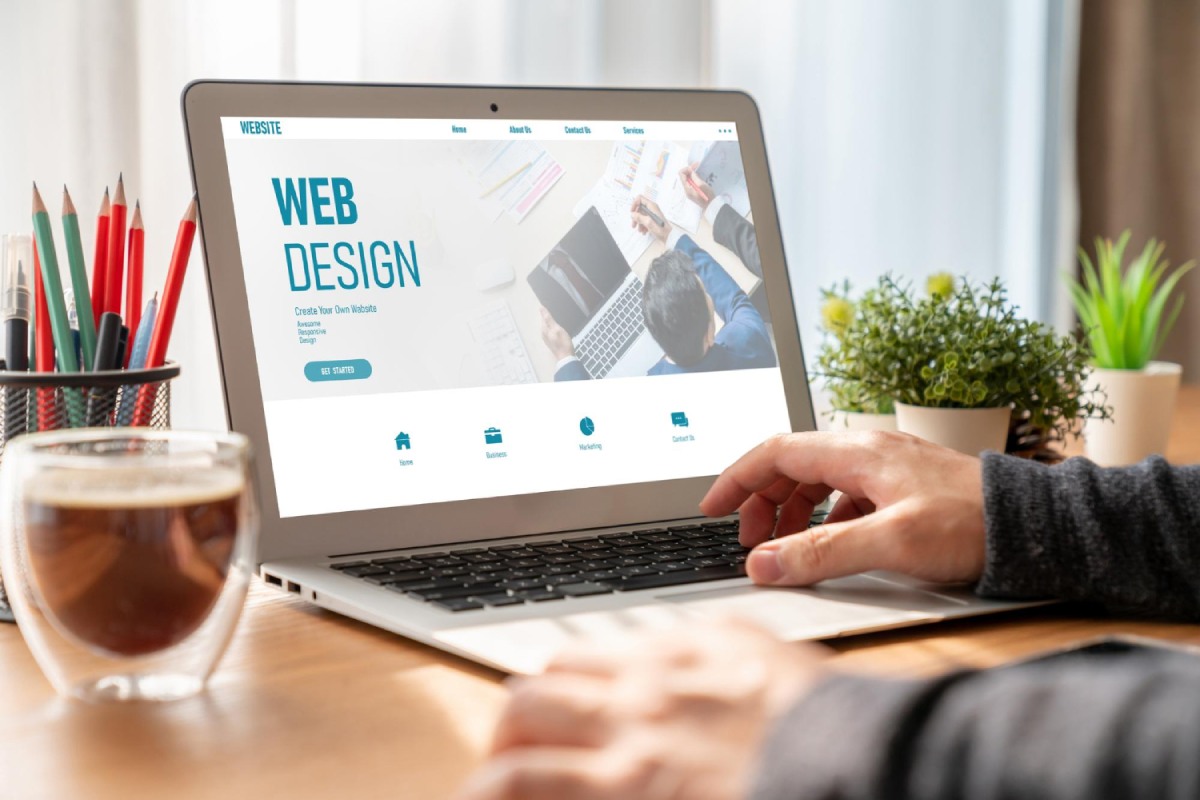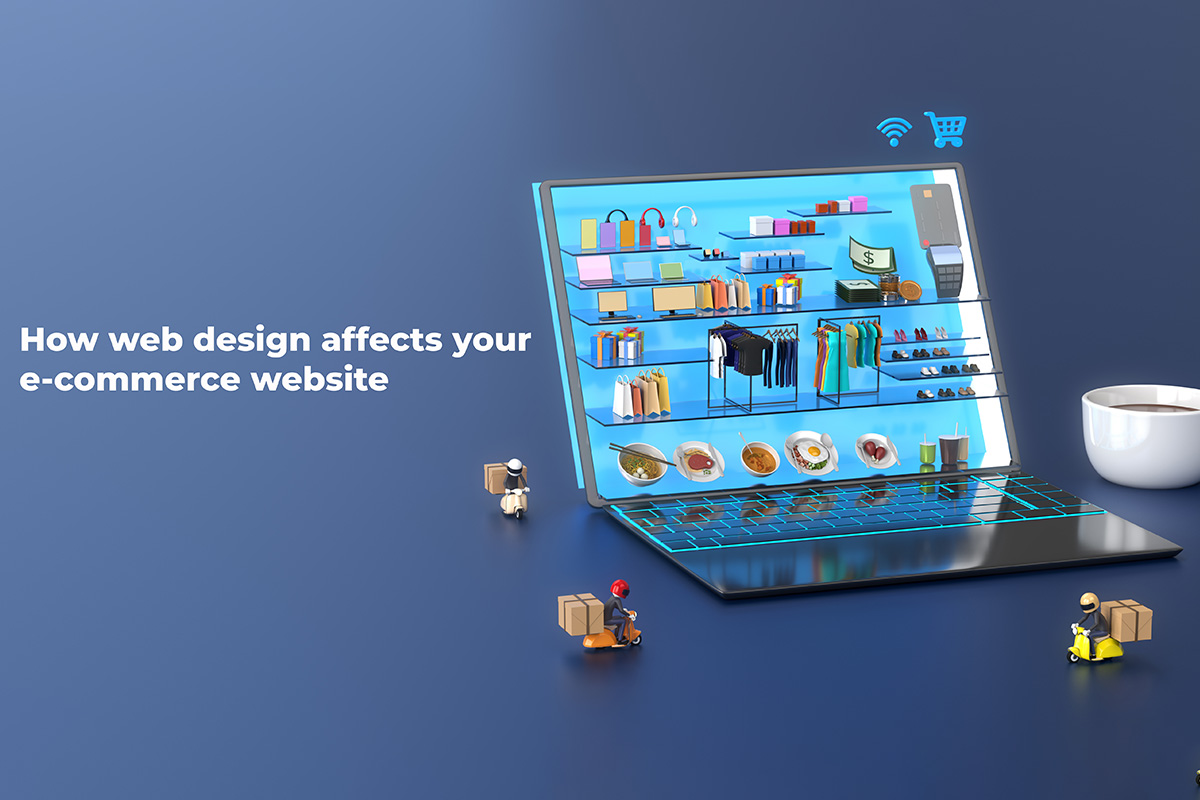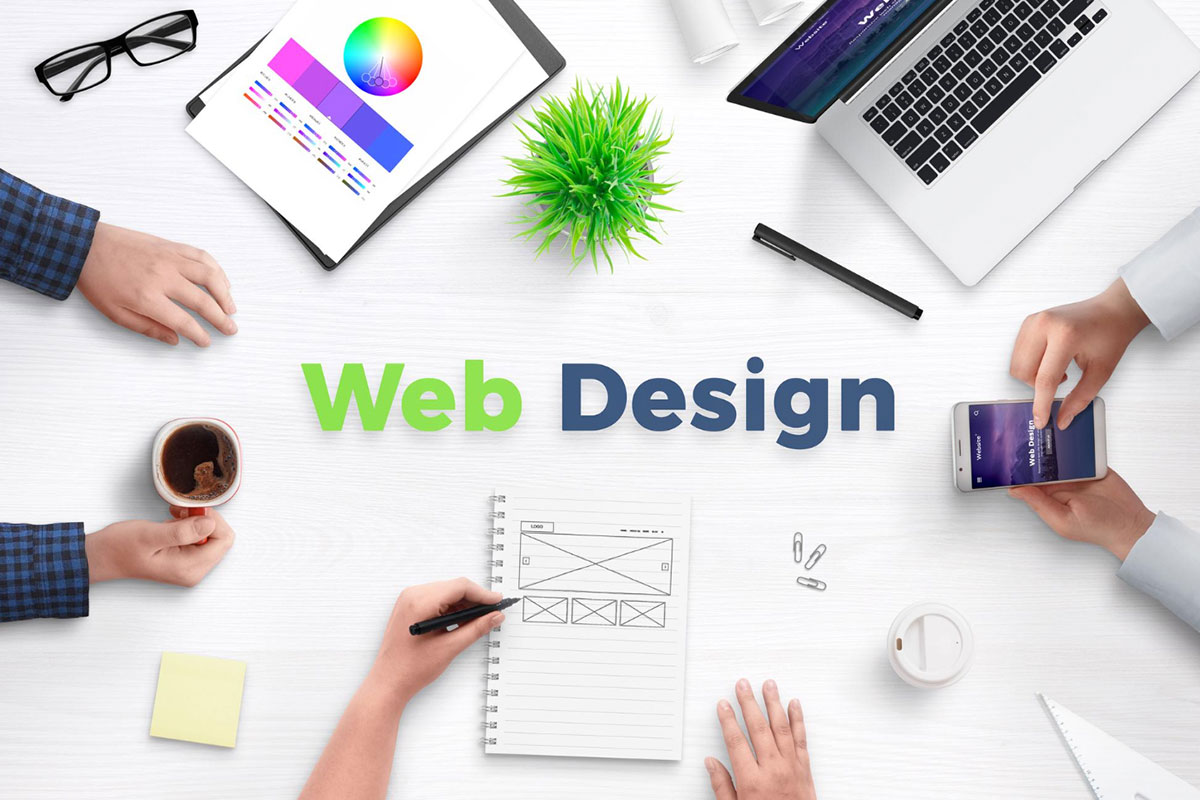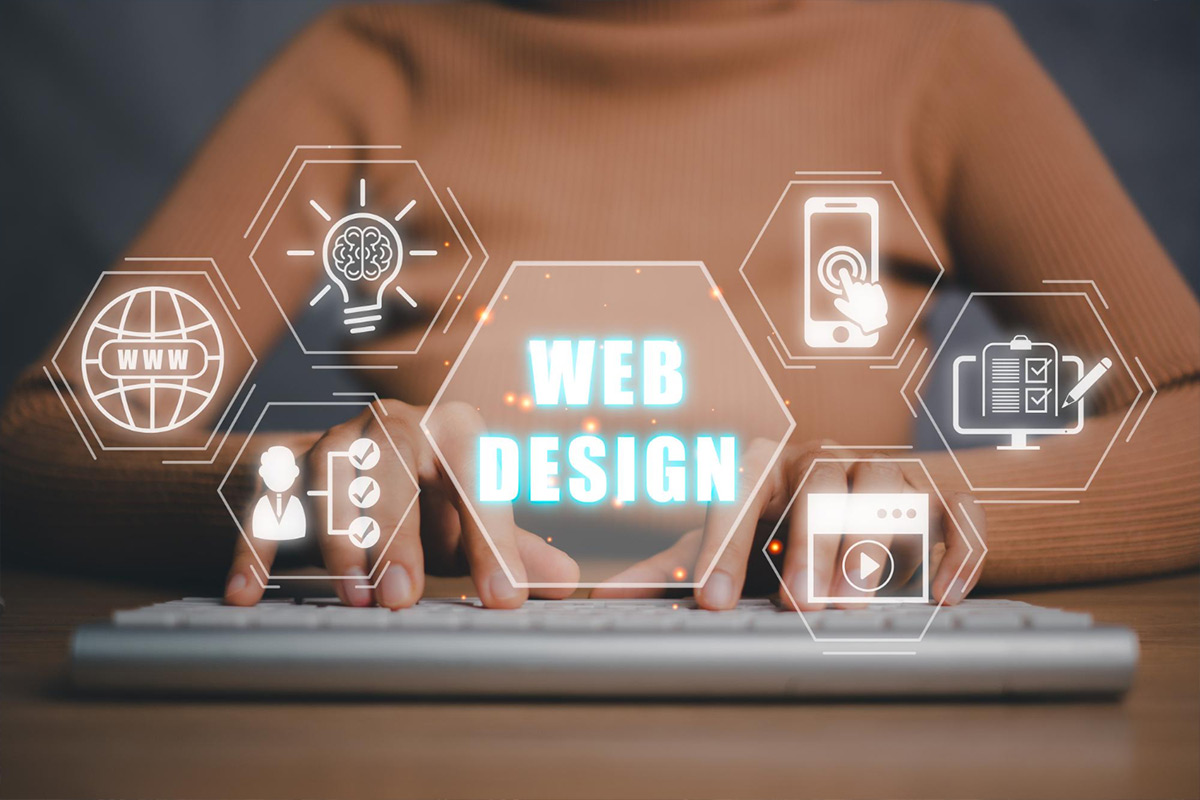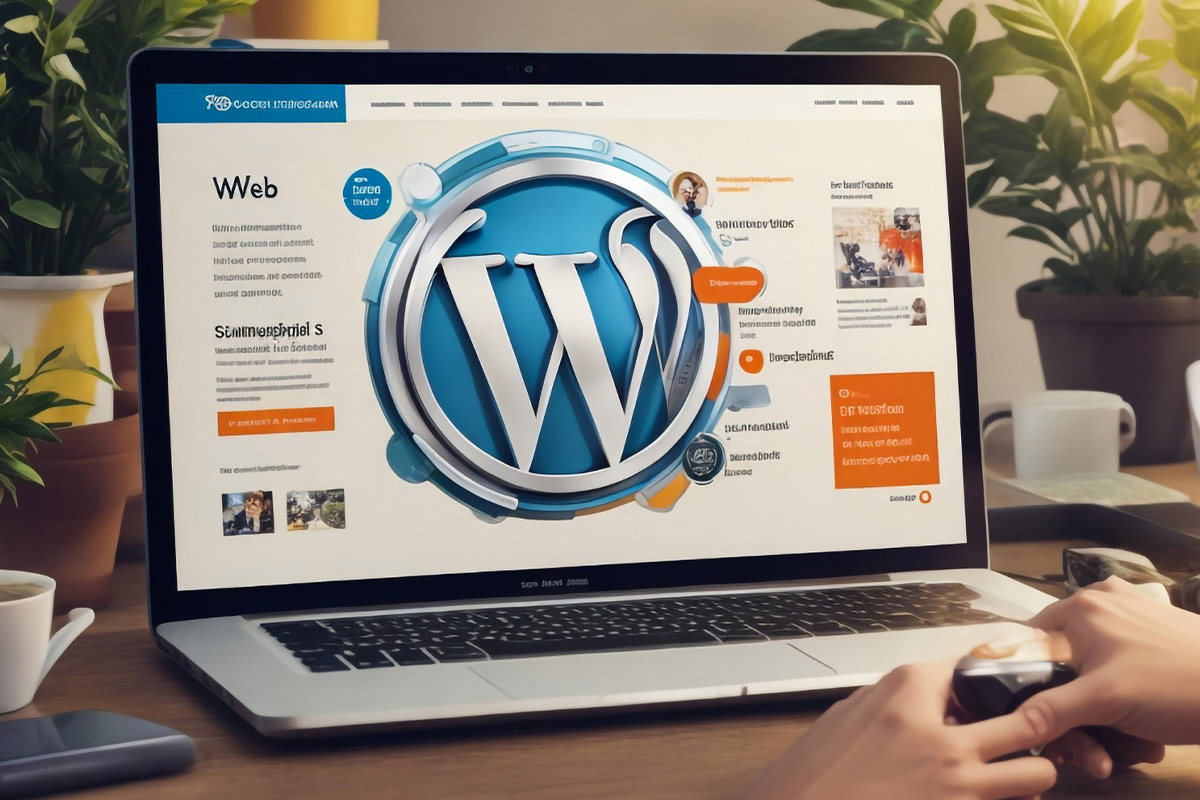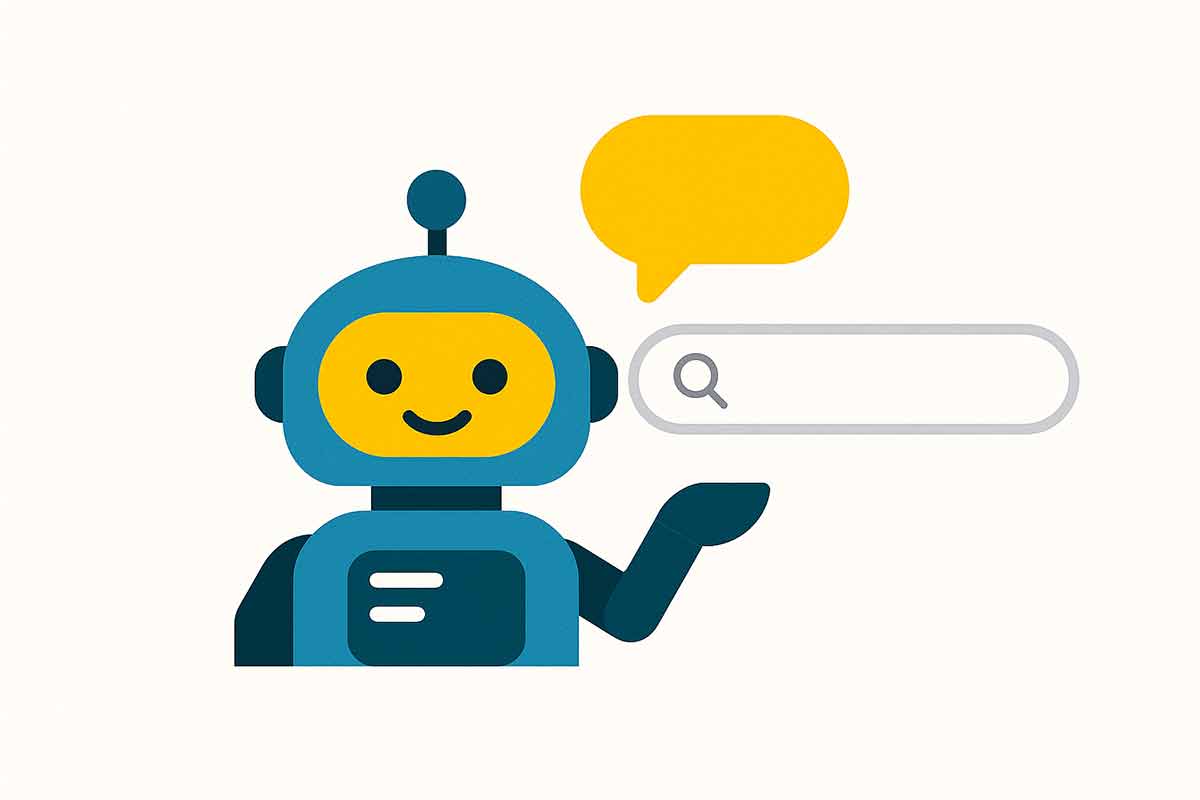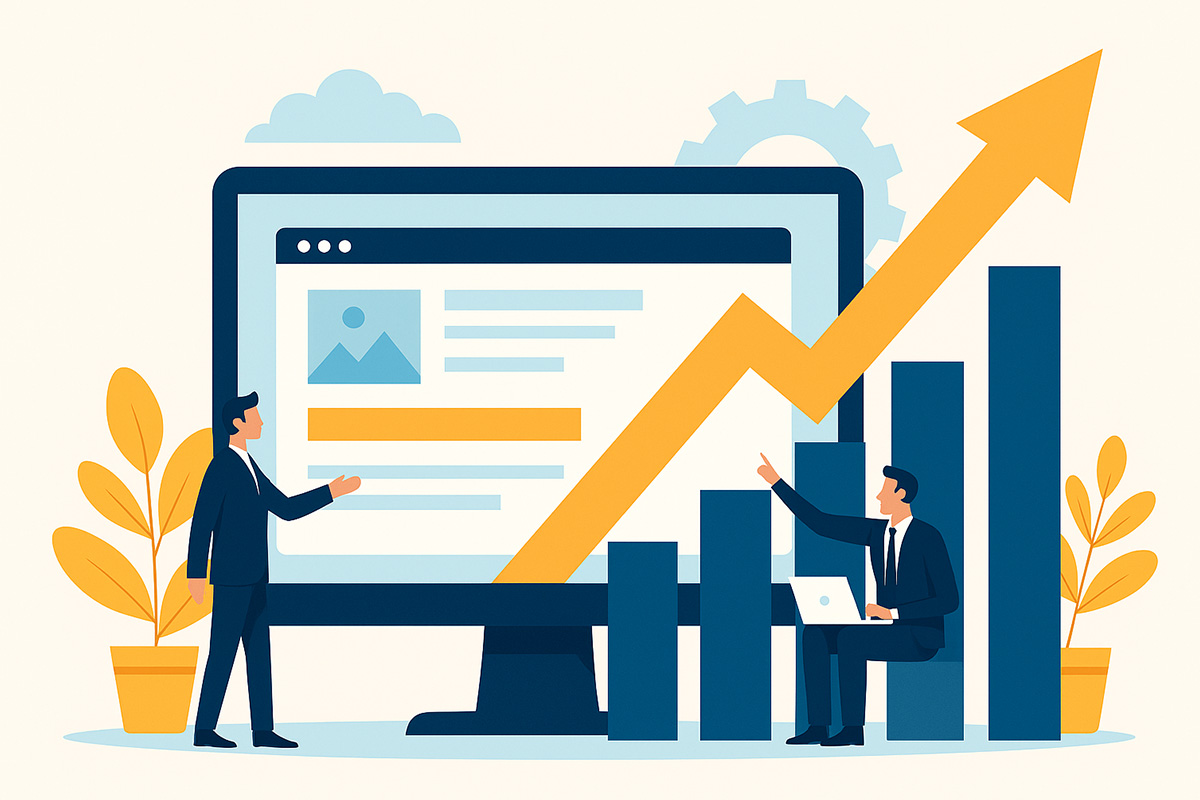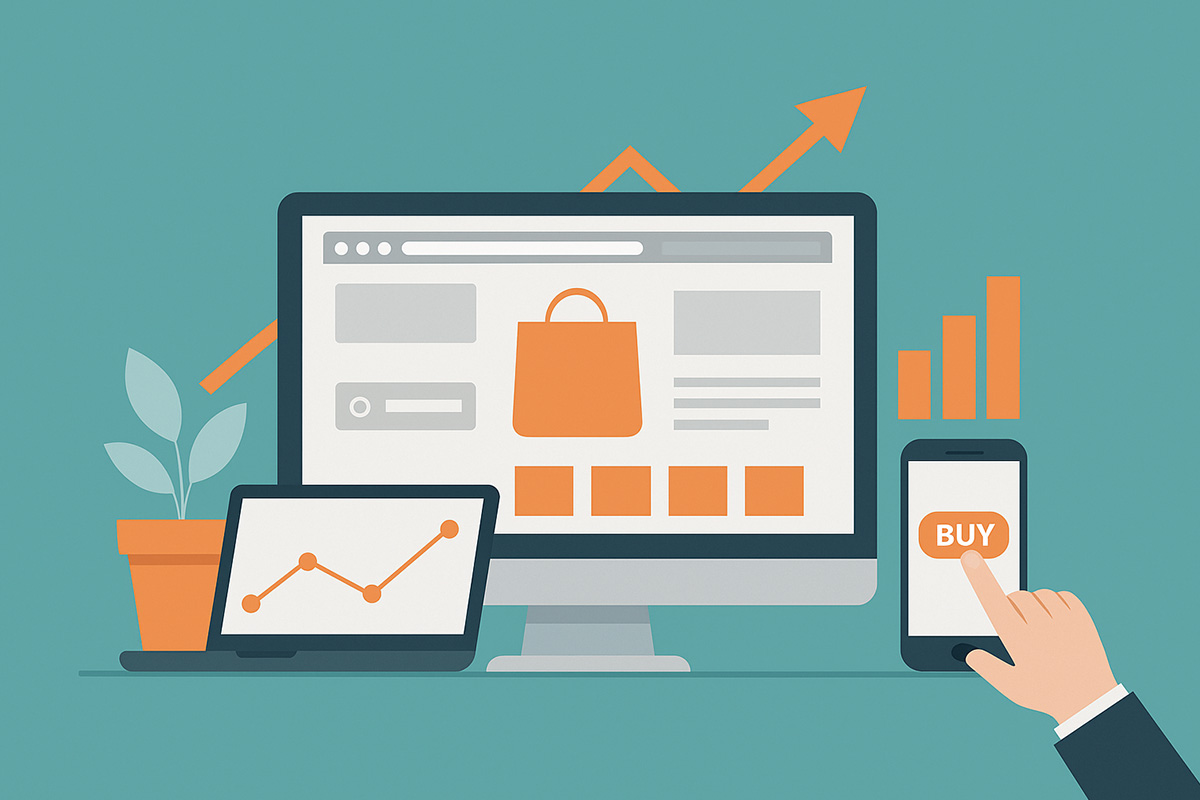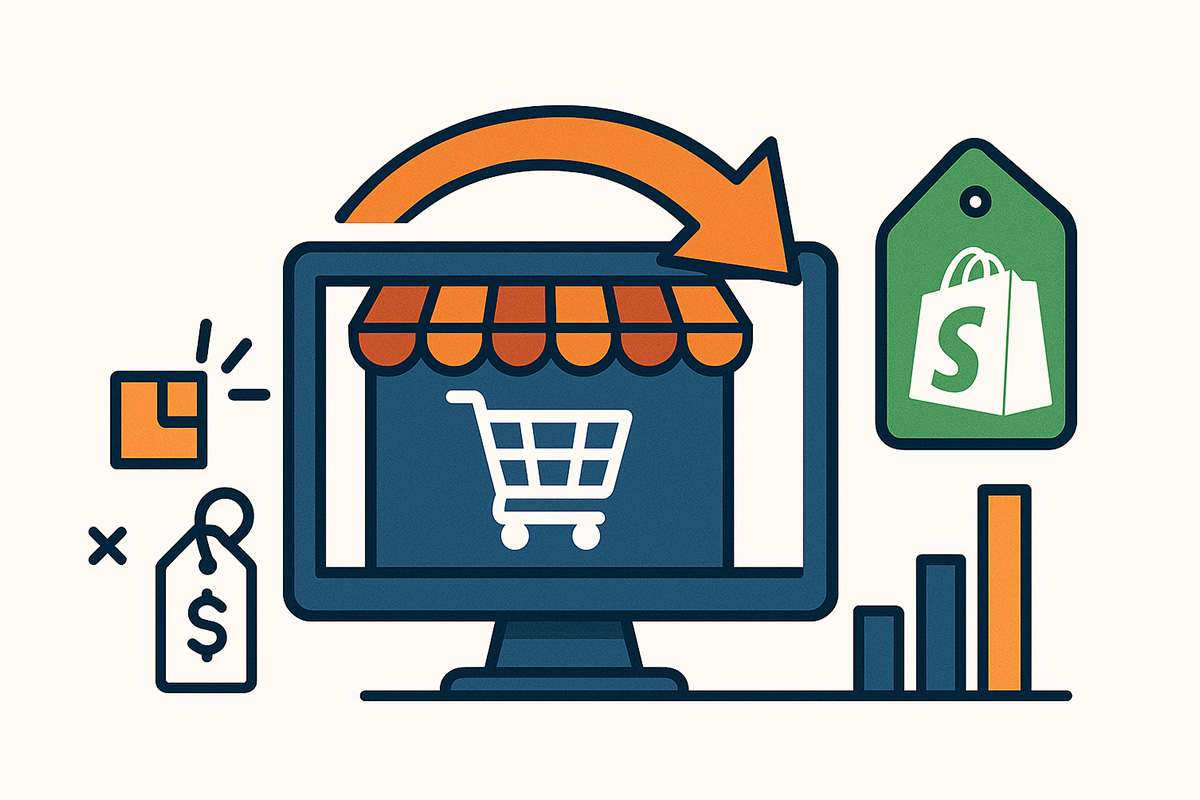Home / Blogs / The Psychology of Web Design And How It Impacts User Behaviour
The Psychology of Web Design And How It Impacts User Behaviour
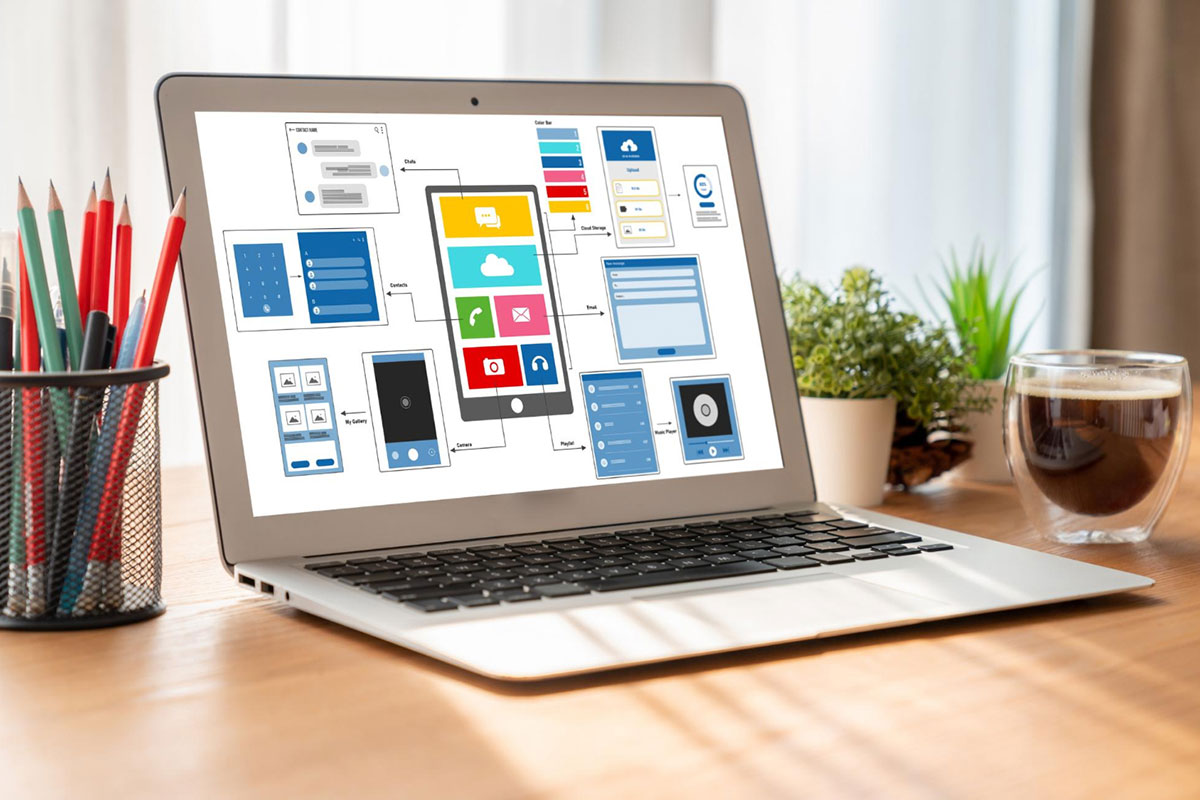 Website
Website
In the digital age, your website is often the first interaction potential customers have with your brand. Amazingly, users form opinions about your website within milliseconds. This split-second judgement is heavily influenced by the design of your site. Understanding the psychology behind web design can significantly impact user behaviour, leading to increased engagement, satisfaction, and conversions. In this blog, we'll explore the elements of web design that shape user behaviour, from visual appeal to emotional engagement.
The Power of First Impressions
First impressions are incredibly powerful. Studies show that it takes about 50 milliseconds (0.05 seconds) for users to form an opinion about your website that determines whether they’ll stay or leave. Visual appeal plays an important role in these initial moments. Elements such as colour schemes, typography, and overall layout can prompt immediate reactions from users.
For instance, a clean and modern design with a balanced colour palette can portray professionalism. Contrarily, a cluttered or outdated site might drive users away before they even read a single word.
Usability and User Experience (UX)
Usability is at the heart of a positive user experience. If users can’t navigate your site easily, they will quickly become frustrated and leave. Intuitive navigation, where users can find what they’re looking for with minimal effort, is crucial.
Consistency and predictability in design elements, such as buttons and menus, also enhance usability. When users know what to expect, they feel more comfortable and are more likely to stay on your site longer. Feedback mechanisms, like confirmation messages, keep users engaged and informed.
A prime example of excellent UX is Amazon. Its website is designed to be user-friendly, with clear navigation, consistent design elements, and effective feedback mechanisms, which contribute to a seamless shopping experience and high user satisfaction.
Building Trust Through Design
Trust is a significant factor in user behaviour, and web design with purpose plays an important role in establishing it. Credibility indicators, such as professional design, clear contact information, and customer testimonials, can significantly boost a user’s trust in your site.
Visible security features, like SSL certificates and trust badges, comfort users that their data is safe, which is especially important for e-commerce sites. Avoiding design flaws such as excessive ads or intrusive pop-ups can also help maintain trust. Users are likely to abandon a site that seems spammy or unprofessional.
Emotional Engagement
Design is not just about aesthetics, it’s also about evoking emotions. Colours, images, and fonts can all influence how users feel and behave on your site. For example, warm colours like red and orange can create a sense of urgency or excitement, while cool colours like blue and green can create calmness and trust.
Storytelling through design is another powerful tool. By using visuals and narratives that resonate with users, you can create an emotional connection that encourages engagement. Personalisation, such as tailoring content to individual preferences, can further enhance this connection.
The Role of Cognitive Lead
Cognitive load refers to the amount of mental effort required to use your website. A high cognitive load can overwhelm users and lead them to leave the page. Simplifying your design can greatly reduce cognitive load, making it easier for users to navigate and make decisions.
Strategies to reduce cognitive load include minimising clutter, using white space effectively, and providing clear, concise information. A well-designed site helps users find what they need quickly and effortlessly, leading to better decision-making and higher satisfaction.
Google’s homepage is a classic example of minimalist design. Its simplicity and clarity make it easy for users to focus on the search function without distractions, resulting in a highly efficient user experience.
Additional Tips and Resources
To improve your web design, consider these actionable tips:
- Use a consistent colour scheme and typography.
- Ensure your site is easy to navigate
- Include trust-building elements like testimonials and security badges.
- Simplify your design to reduce cognitive load.
Final Thoughts
Web design is more than just creating a visually appealing site; it's about understanding and applying psychological principles to influence user behaviour positively. From creating powerful first impressions to building trust and reducing cognitive load, every design element plays a crucial role in shaping how users interact with your website.
At Verve Media, as a website development company in Mumbai, we use these insights to create user-friendly websites that make strong first impressions, build trust, and reduce cognitive load. This ensures an engaging, user-friendly experience that drives conversions and strengthens your brand’s digital presence.
If you are ready to embrace those psychological triggers in your website, contact our digital marketing company in Mumbai and check out how we can help.
